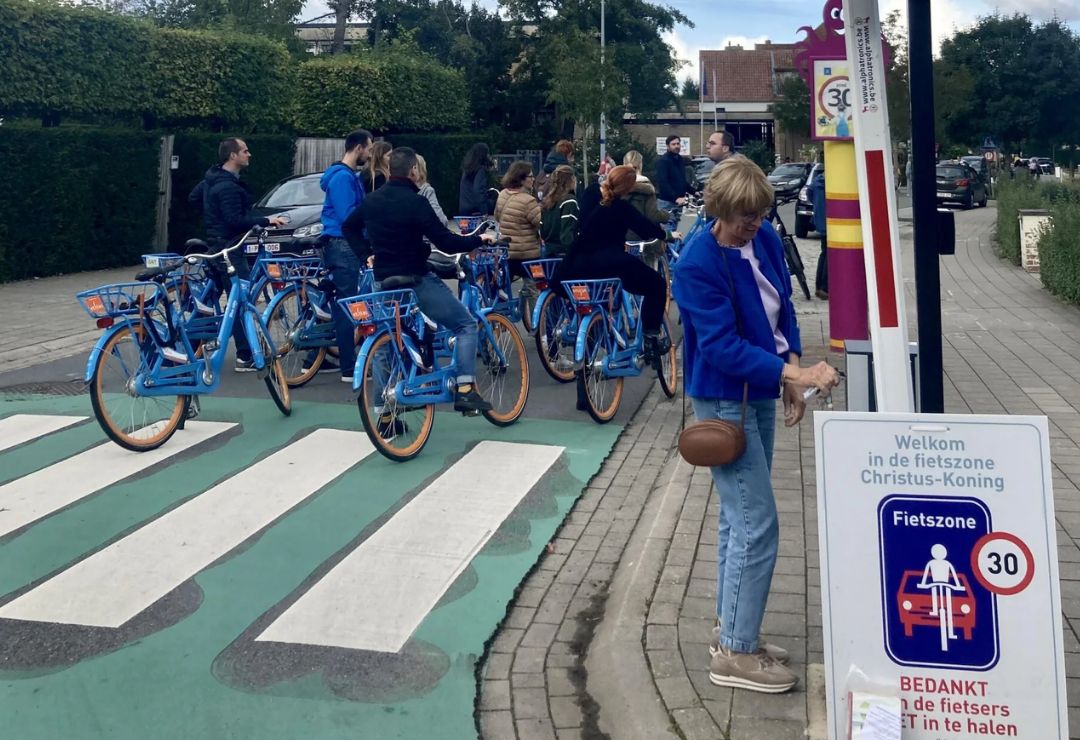Bruges announces largest bicycle zone in Belgium!
POLIS member Bruges continues to bet on cycling! The city has just announced a significant expansion of its bicycle zone, covering almost the entire city centre.
Bruges has decided to prioritise the safety of cyclists by adding 300 bicycle streets to its bicycle zone, on top of the current 90. The enlarged bicycle zone will cover almost the entire city centre, and it will be effective as of 1 October 2025.
A bicycle zone is an area where cyclists are allowed to use the entire lane, and in which all road users, including cars and buses, have a maximum speed limit of 30 km/h and must stay behind cyclists. This measure is a big step towards unlocking the various benefits of cycling, as providing safe and high-quality cycling infrastructure is the basis for making cycling truly accessible and inclusive for everyone.
With the expansion, the cycling zone will boast 87 kilometres of bicycle streets, the highest number of kilometres of bicycle streets in Belgium. Only the access roads to the city and the public transport routes will be excluded from the area, to ensure accessibility to the city centre and the smooth operation of public transport.
Even more bike-friendly
For decades, Bruges has prioritised the human scale in its mobility plan. Revising traffic flows, public transit services, and active travel since the 1970s, the Belgian city has been shifting away from car-centrism, making it a frontrunner in traffic circulation planning.
During this time, Bruges has adapted itself to a growing population and rising tourist flow. It has continued to place liveability first, improving public transport, rail connections, park and ride services, and banning heavy vehicles from the centre.
Active travel is a pillar of its strategy, and the Flemish city has invested in a series of campaigns and the improvement and expansion of cycling infrastructure. Thanks to these efforts, bicycles are now the second most-used means of transport for commuting to work or school.
A step further was introduced in 2022, when, building on the superblock concept, pioneered by POLIS member city Barcelona, the city introduced its first cycling zone. Comprising 90 streets, this active mobility plan has been a success and consolidating Bruges as a leading cycling city.
‘We want to make the city centre even more attractive for cyclists, without losing sight of accessibility for other road users,’ says Bruges Mayor Dirk De fauw.
Read more on the news here.

